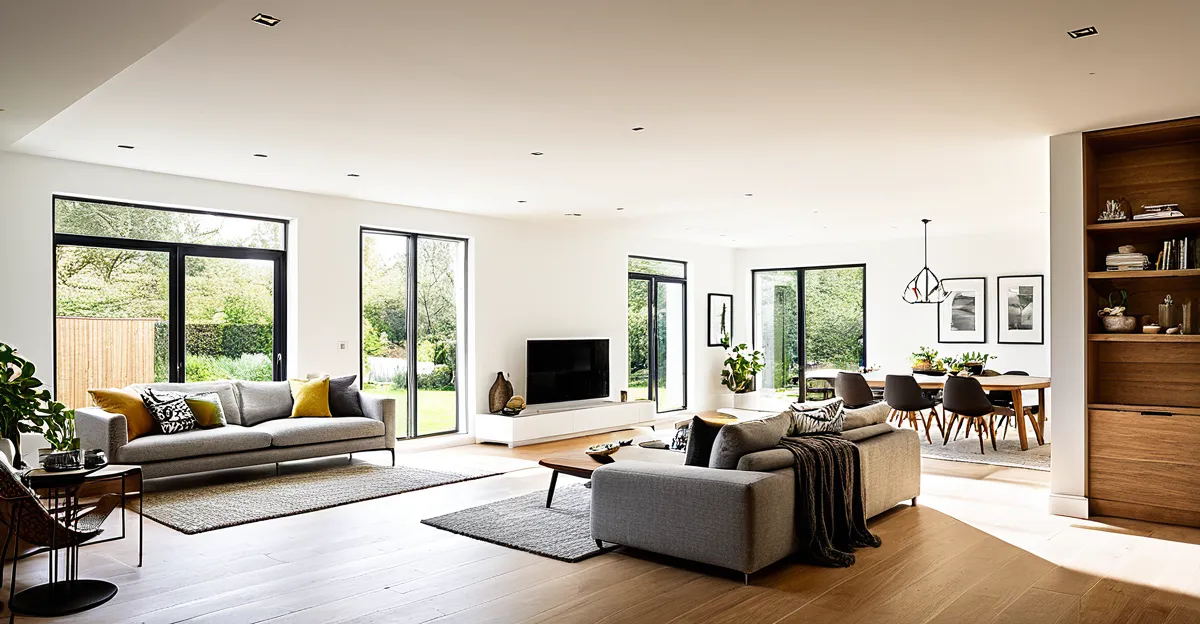Immediate Steps to Improve Home Energy Efficiency
When aiming for an energy-efficient home upgrade, start by pinpointing common problem areas that waste energy. Drafty windows and doors, outdated appliances, and inefficient lighting are often the main culprits. Addressing these quickly can deliver noticeable savings without large investments.
Simple DIY upgrades like installing weatherstripping around doors and windows can seal drafts effectively, reducing heating and cooling loss. Replacing incandescent bulbs with LED lighting is another quick fix—LEDs consume up to 75% less energy and last longer, making them a smart energy-saving choice. Adding faucet aerators also lowers water use, indirectly reducing the energy needed to heat water.
In the same genre : What Are the Essential Tips for Creating a Cozy Home Atmosphere?
To set realistic expectations, estimate upfront costs against potential savings. For example, weatherstripping typically costs under $20 but can cut drafts by 30–50%, quickly lowering energy bills. Swapping 10 traditional bulbs for LEDs might cost around $50 but saves significant electricity over time.
By focusing on these accessible, low-cost improvements, homeowners can start cutting energy waste immediately, setting the stage for more extensive renovations later. These quick energy saving tips create a foundation of comfort and efficiency, turning your home into a greener, more cost-effective space.
In parallel : How Can Smart Home Technology Transform Everyday Living in the UK?
Upgrading Insulation and Home Envelope
Improving home insulation is a cornerstone of effective energy-efficient home upgrades. Selecting the right insulation type for walls, attics, and floors directly impacts energy savings. Common options include fiberglass, cellulose, and spray foam, each differing in cost, ease of installation, and insulation performance measured by R-value. The higher the R-value, the better the material resists heat flow, crucial for maintaining indoor comfort and reducing heating and cooling demands.
Air sealing complements insulation by blocking drafts and thermal bridges—areas where heat easily escapes such as gaps around windows or framing joints. Neglecting these can undermine even the best insulation, causing energy losses and discomfort. Applying weatherstripping and caulk is part of effective air sealing and aligns well with quick energy saving tips already discussed.
When planning upgrades, consider the payback period: how long before insulation savings outweigh installation costs. It varies by material and home size but typically ranges from a few years to a decade. For lasting energy efficiency, prioritize addressing weak insulation zones coupled with proper air sealing, ensuring comprehensive reductions in energy waste and optimizing your home’s envelope.








